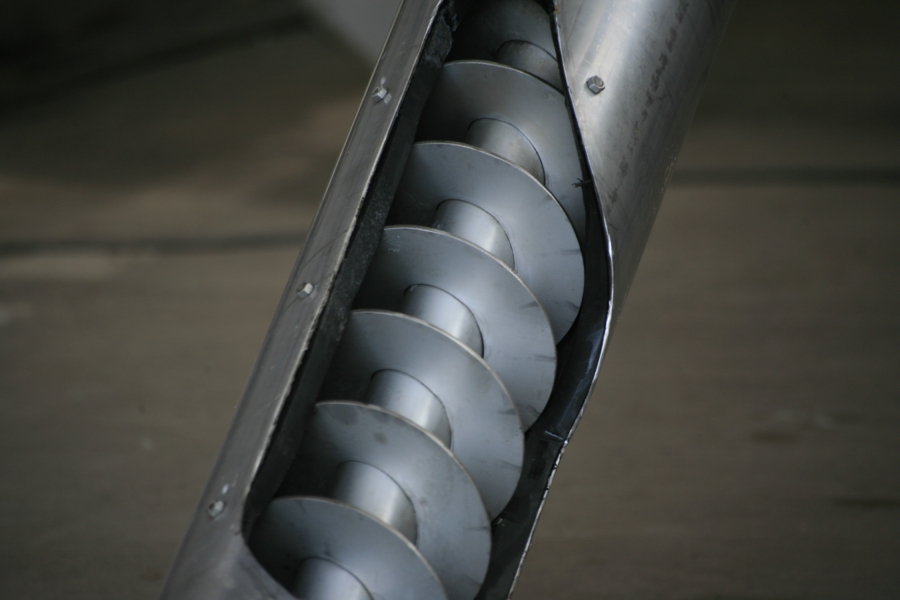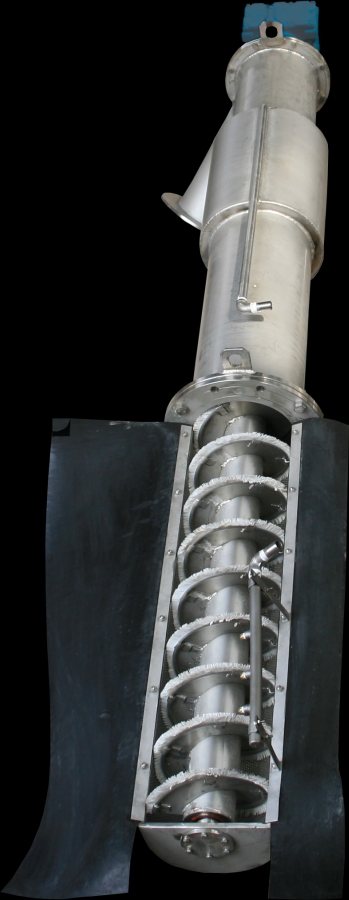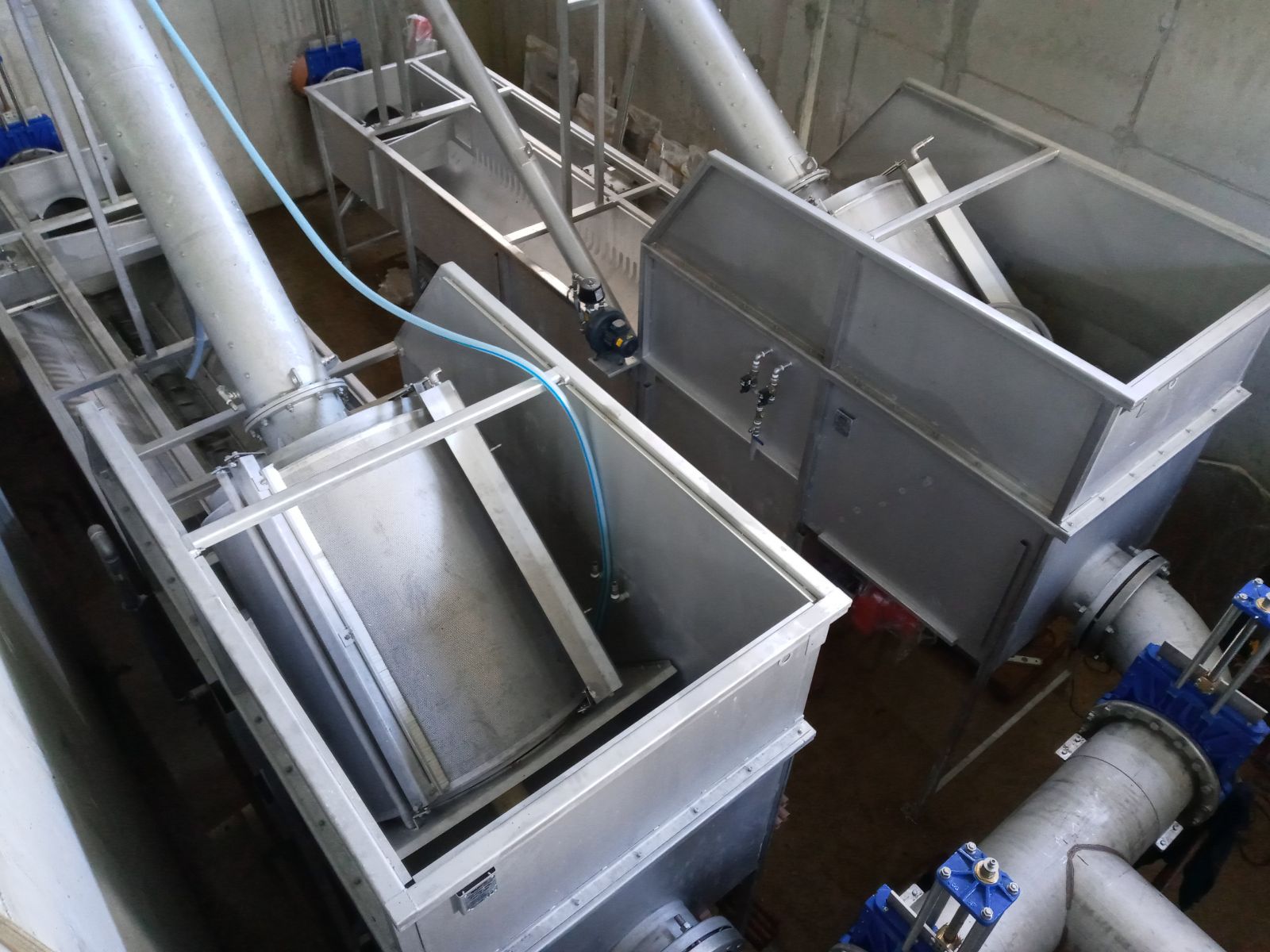Integrated system for mechanical waste water treatment ZSP
- High efficiency separation of solids pollutants and fats
- Capacity of 10 l/s to 200 l/s
- High quality construction materials
- Individualization of construction
- Possibility of using different sieve and grate structures
Modern waste water treatment systems require separation of solids (screenings), sand and fat at the initial stage of technological process.
This can be achieved by using several specialized devices designed for separating different types of pollutants. You can also use multifunctional devices that are successively gaining popularity in this area.
The ZSP-type integrated system for mechanical waste water treatment combines the functions of a screening sieve or grate, sand trap, sand trap and degreaser. As a result, the mechanical waste water treatment process takes place in a relatively small floor area in one compact unit.
The device is controlled automatically.
Processes occurring in the device allow you to eliminate any elements that could cause failures (clogging, wear, sand inclusions, etc.) in operation of subsequent systems.
The ZSP mechanical waste water treatment system is individually designed in compliance with the object conditions and tailored to individual customer needs.
Thanks to attractive price and relatively low operating costs the ZSP is increasingly displacing traditional waste water pre-treatment devices.
The process

Waste water is transported from the piping system into the pre-chamber. The first step is elimination of screenings on a sieve or grate.
Waste water flows through the filter system and the screenings settle on its surface. The screenings are usually transported by a specially constructed
conveyor into a device, in which the screenings dehydration and compaction takes place. The screenings are then pushed into the dump segment,
from which they are transported to a container.
 The device can be equipped with a flushing system for flushing the sieve / grate, as well as with a flushing and pressing (compaction) system for the screenings separated.
The device can be equipped with a flushing system for flushing the sieve / grate, as well as with a flushing and pressing (compaction) system for the screenings separated.
Filtered waste water flows into the sand trap chamber, where the sand sedimentation takes place.
The sedimentation can be supported by an aeration system, which also allows partial separation of fat from waste water. Special fan sucks atmospheric air and pumps it through a duct system into aeration diffusers placed horizontally in the sand trap. The amount of air can be controlled with a valve.
The air flow creates a water cylinder in the liquid, which rotates in the longitudinal direction of the tank, largely separating organic substances (that penetrated through the grate) from the grit. This causes quality improvement of the separated sand, and the separated organic substances are discharged with the liquid for further purification.
The sand that settles at the bottom is transported by a ribbon feeder into the sedimentation chamber, from which it is discharged to the outside of the device by an angular ribbon feeder
During the transportation the sand is flushed, gravitationally dehydrated and compacted. This sand is pushed into a dump segment, from which it is thrown to a container.
For a device with a degreasing system, the released fat is pushed by a mechanical scraper into the fat chamber and pumped out to the screenings outlet on the grate.
After the above treatment the waste water is transported for further purification steps.








